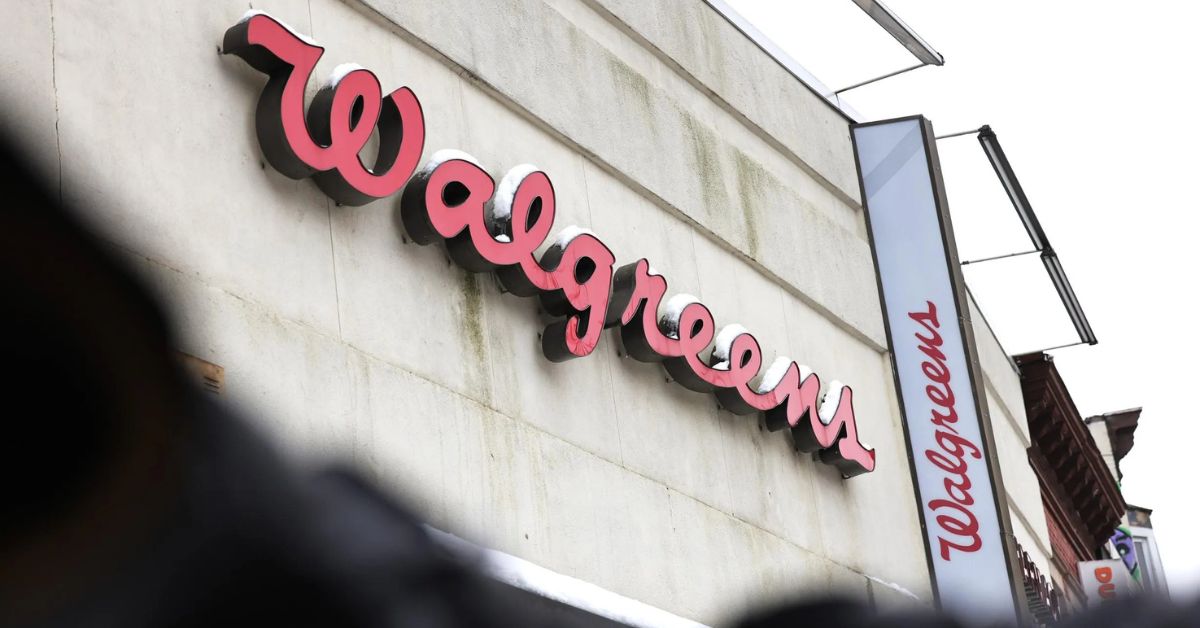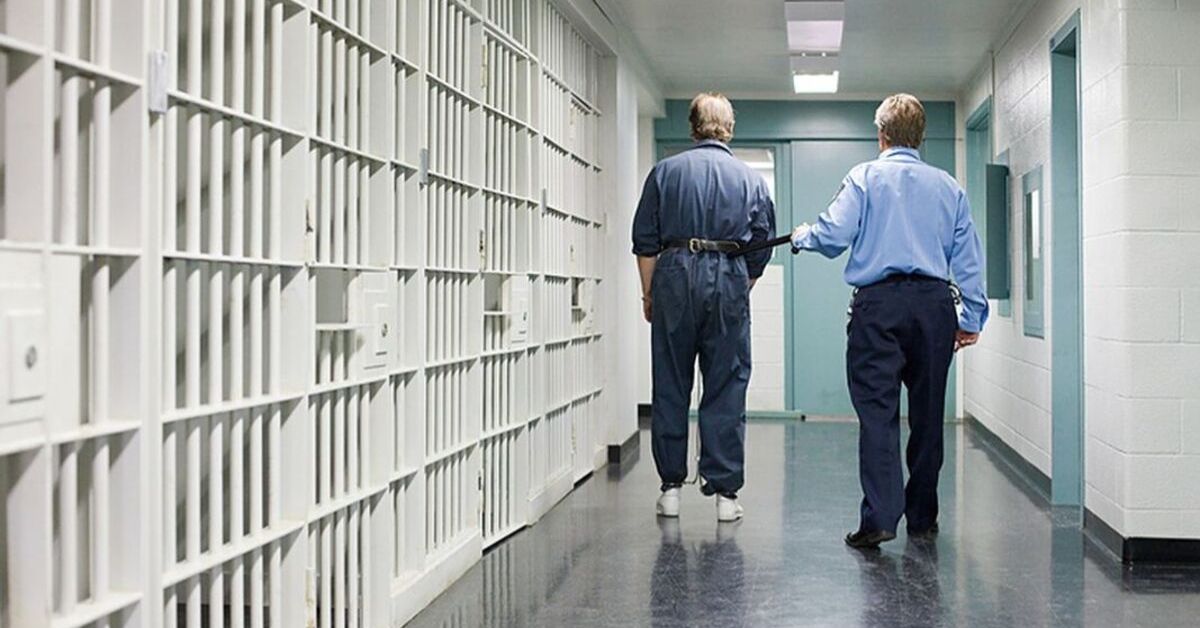Retail theft has become a hot topic in many U.S. cities. This rising crime is affecting businesses and communities. While headlines often highlight the surge in thefts, experts urge a closer look to distinguish between the facts and the myths surrounding this issue.
The way retail theft is portrayed is leading to an uncontrollable crisis, especially in major urban centers, which has fueled concerns. High-profile incidents of shoplifting have grabbed media attention in various cities. However, experts say the situation is not as terrible as it seems.
The Myth of a Nationwide Surge
One of the biggest myths about retail theft is the idea that it’s skyrocketing everywhere across the country. While some cities have seen increases in theft, it’s not as uniform as the media often makes it out to be. According to data, retail theft is not necessarily on the rise everywhere.
In fact, crime rates in many areas have remained relatively stable or even decreased in recent years despite the fear of a crime wave.
The rise in theft in some regions is real but largely concentrated in specific areas.
Often, these increases are driven by a combination of factors like economic struggles, homelessness, and, in some cases, organized retail crime (ORC)—which disproportionately affect particular cities and neighborhoods.
The Organized Retail Crime Narrative
Another common myth is the assumption that organized retail crime (ORC) is the primary driver of theft in cities. While it is true that some cities are seeing a rise in thefts by criminal groups who steal in bulk and resell goods online, these incidents make up a smaller portion of the overall theft problem. The real issue is less about highly organized rings and more about the opportunistic thefts that occur in stores every day.
Retailers facing significant losses are often quick to point fingers at ORC, but the data suggests that these large-scale thefts are not the main reason behind the rise in crime. More often, thefts are impulsive, low-level incidents committed by individuals rather than criminal organizations. These thefts are typically not premeditated, nor do they always involve expensive merchandise.
Impact on Small Businesses
Retail theft hits businesses of all sizes, but small businesses, in particular, feel the brunt of it. Smaller stores located in high-crime areas are vulnerable due to their lack of resources for security measures that larger chains can afford.
Theft is a serious concern for these business owners, and many have reported significant losses. The financial strain is due to the time and resources needed to deal with theft-related issues, such as increased security or inventory loss.
However, it’s important to remember that the picture of widespread theft does not reflect the reality for every small business. While some store owners report persistent problems, not all businesses are suffering from rampant theft. The situation varies widely based on location, store type, and even the community’s engagement with law enforcement.
Legal Changes and Their Effect
California’s Proposition 47 has become a focal point in the debate over retail theft. This law, which reduces penalties for thefts involving goods worth under $950, has been criticized for creating an environment where criminals feel emboldened to steal with little fear of serious consequences.
Critics argue that the law has inadvertently made shoplifting more prevalent.
However, experts caution against blaming Prop 47 solely for the rise in retail theft. While some retailers in California report an increase in theft, studies suggest that other factors such as economic hardship, the rise of online shopping, and the impact of the COVID-19 pandemic are also contributing to the trend. There is no definitive evidence linking Prop 47 directly to the increase in thefts.
Addressing the Root Causes of Theft
A more comprehensive approach to retail theft involves poverty, unemployment, and the lack of social services. Studies suggest that crime, including theft, often rises when communities face economic struggles and that people turn to crime out of desperation.
Solutions focused solely on criminal justice, such as harsher penalties for theft, may miss the root causes of crime and fail to reduce theft in the long term.
Programs aimed at improving social welfare, increasing access to mental health services, and reducing inequality are seen as more effective in tackling crime at its source.
Furthermore, businesses and communities are more likely to find positive results when crime prevention efforts target criminals and address the social conditions that lead to theft.
Public Perception vs. Reality
Media shapes public perception of retail theft, often highlighting the most dramatic and sensational cases. This can lead to an exaggerated view of the prevalence of theft. While the fear of theft is real, especially in certain neighborhoods, the facts tell a more nuanced story. Retail theft is a serious issue, but it is not necessarily an epidemic in every city, and the actual impact may be less severe than what many believe.
Retail theft is undoubtedly a problem, but the way it’s portrayed in the media and discussed in public forums often distorts the reality. The increase in theft consists of multiple factors, including economic conditions, organized crime, and legal changes.
Addressing the issue of retail theft requires a balanced approach that considers the social and economic factors at play, as well as effective law enforcement and crime prevention strategies.
By focusing on the root causes of theft, cities can create a safe environment for both businesses and residents while ensuring that the criminal justice system remains fair and effective.






